Germinating many other plants
carnivorousplants
16 years ago
Related Stories
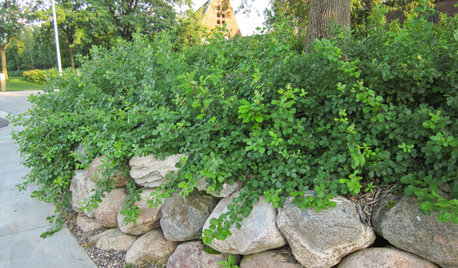
GARDENING GUIDESGreat Design Plant: Rhus Aromatica ‘Gro-Low’ Handles Many Tough Sites
Plant ‘Gro-Low’ fragrant sumac in eastern and midwestern U.S. gardens for its tolerance of tough sites, spreading form and orange fall color
Full Story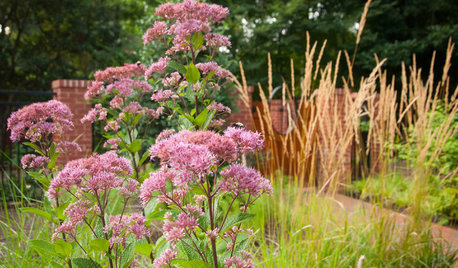
GARDENING GUIDESGreat Design Plant: Eutrochium Maculatum
Sculptural, slightly tropical looking and a boon to wildlife, Spotted Joe Pye Weed is a gotta-have plant in many parts of the U.S.
Full Story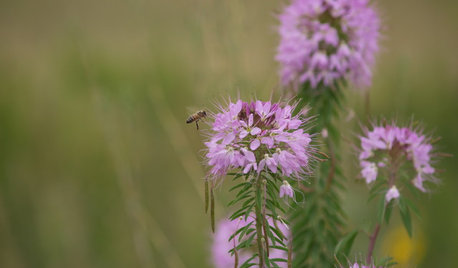
GARDENING GUIDESGreat Design Plant: Cleome Serrulata
Beckon bees and other pollinators in for a drink of nectar from this western U.S. native’s late-summer flowers
Full Story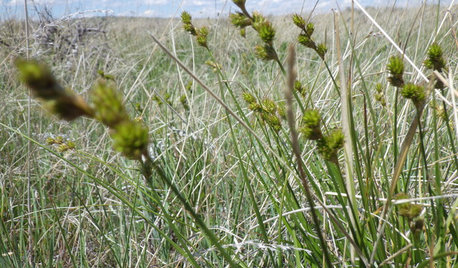
GARDENING GUIDESGreat Design Plant: Carex Brevior
This mounding sedge native to many U.S. states is tough as nails and can replace the traditional lawn in low-traffic areas
Full Story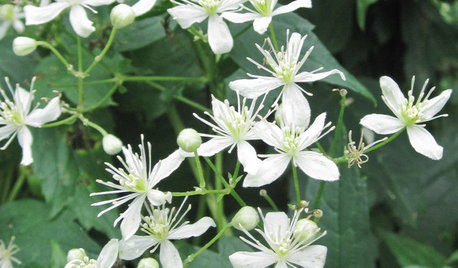
GARDENING GUIDESGreat Design Plant: Clematis Virginiana
Devil’s darning needles, a vigorous vine native to eastern North America, likes partial shade and many types of soils
Full Story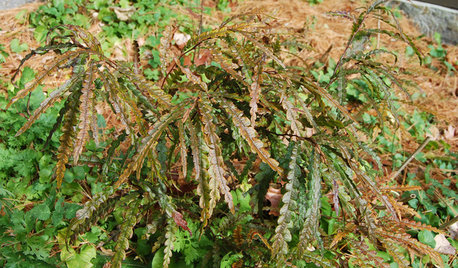
GARDENING GUIDESGreat Design Plant: Comptonia Peregrina
Though not a fern, sweet fern sure smells sweet and thrives in tough spots where many shrubs and ferns cannot
Full Story
GARDENING FOR BUTTERFLIES3 Ways Native Plants Make Gardening So Much Better
You probably know about the lower maintenance. But native plants' other benefits go far beyond a little less watering and weeding
Full Story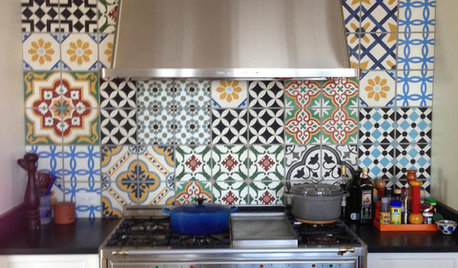
TILESo Many Reasons to Love Cement Tiles
You’ll notice their beautiful patterns right away, but cement tiles have less obvious advantages too
Full Story
HOUZZ TOURSMy Houzz: Many Styles Meld Handsomely in a Vermont Countryside Home
With a traditional exterior, a contemporary interior and lots of Asian furniture, this home goes for the element of surprise
Full Story
NATIVE PLANTSGreat Design Plant: Wild Bergamot, Friend of Foragers
Nourish butterflies and other winged creatures with the tubular flowers of Monarda fistulosa, a pretty pink native
Full StorySponsored






mutant_hybrid
carnivorousplantsOriginal Author
Related Professionals
Beachwood Landscape Architects & Landscape Designers · Glassmanor Landscape Architects & Landscape Designers · Grand Haven Landscape Architects & Landscape Designers · Salisbury Landscape Architects & Landscape Designers · Walnut Landscape Architects & Landscape Designers · Stamford Landscape Contractors · Cliffside Park Landscape Contractors · El Mirage Landscape Contractors · Mahwah Landscape Contractors · Palm Beach Gardens Landscape Contractors · Sun City Center Landscape Contractors · Rolling Meadows Stone, Pavers & Concrete · Eatontown Swimming Pool Builders · Santa Clarita Swimming Pool Builders · Tucson Swimming Pool BuilderscarnivorousplantsOriginal Author
mutant_hybrid
petiolaris
mutant_hybrid
petiolaris
carnivorousplantsOriginal Author
mutant_hybrid
carnivorousplantsOriginal Author